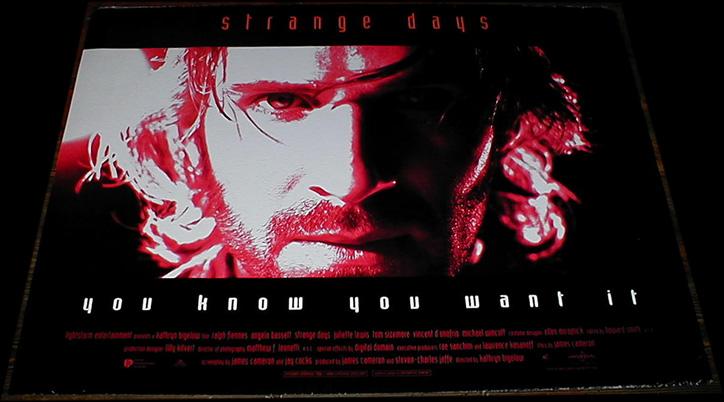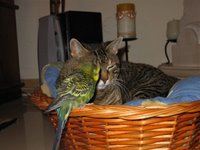 This is the story of Louis Darquier, Commissioner for Jewish Affairs under the Vichy government in France from 1942 to 1944. During those years, at least 75,000 Jews were forcibly removed from France to German death camps. Throughout the Occupation, Darquier was a figure of terror and grim bombast with none of the heroic aura that clung so tenaciously to Pétain and his other henchmen. Contemporaries disliked Darquier in his prime, and distanced themselves promptly after his downfall. Posterity has pretty much wiped him from the record. Today he is remembered, if at all, as a figure of fun, more of a preposterous gallic Sweeney Todd than France's equivalent to Adolf Eichmann.
This is the story of Louis Darquier, Commissioner for Jewish Affairs under the Vichy government in France from 1942 to 1944. During those years, at least 75,000 Jews were forcibly removed from France to German death camps. Throughout the Occupation, Darquier was a figure of terror and grim bombast with none of the heroic aura that clung so tenaciously to Pétain and his other henchmen. Contemporaries disliked Darquier in his prime, and distanced themselves promptly after his downfall. Posterity has pretty much wiped him from the record. Today he is remembered, if at all, as a figure of fun, more of a preposterous gallic Sweeney Todd than France's equivalent to Adolf Eichmann.Bad Faith confronts the consequences of a French cultural and political divide that goes back to the Revolution and before. Right-wing conmen and bullies like Darquier flourished between the wars by exploiting a perennial xenophobia grounded in rabid hatred of democracy in general, and the Third Republic in particular. Anti-Semitism was a patriotic enterprise that had the full spiritual backing of the Roman Catholic Church. Shrewd, manipulative and unscrupulous, Darquier acted out the extremist fantasies of a whole generation whose formative experience had been trench warfare in 1914-1918.
Twenty years old at the end of the First World War, he drifted into a career as playboy and sponger, slithering from one dodgy deal to the next and being regularly bailed out by his family. At the end of the 1920s, he moved to London, married a would-be chorus girl from Tasmania, and lived from hand to mouth with her until he was hauled up in April 1930 before Marlborough Street magistrates' court for failing to pay his bills at Brown's Hotel.
By this time, he had acquired an imaginary title to go with his monocle and his stylish new wife. "What, a baron and a baroness?" said the magistrate, fining Louis £100 on the grounds that anything less would be an insult.
A daughter was born in lodgings four months later, and almost immediately given away to the unqualified nanny who answered the couple's advertisement for childcare. Anne Darquier grew up in rural poverty in Oxfordshire, unvisited by her parents, neither of whom ever treated her as anything but a lever for extracting hand-outs from their respective relatives in Tasmania and France.
Back in Paris, Darquier's credit rapidly wore thin. By 1936, his bar bill alone came to 50,000 francs (£22,000 in today's money). It was at this point that he became a professional anti-Semite.
Darquier had already established himself as a nationalist hero by being the only non-working-class hooligan wounded in a famous fascist riot in Paris in 1934. Two years later, he began calling for Jews to be expelled or slaughtered: "The weak deserve to be massacred. We French are a strong people." This kind of threat brought him instant celebrity, influence and cash. "If I want to, 10,000 men will take to the streets tomorrow and kill 100,000 Jews," he boasted, offering to arrange the assassination of the prime minister, Léon Blum.
He was assiduously groomed for power by the Nazis. He had his own bodyguard of thugs, and his various activities - youth clubs, publicity campaigns, newsletters and other publications - were secretly funded from Germany. The scientific initiatives he would later institute in the name of racial purity were prefigured before the war in lectures by his protégé, Professor Georges Montandon, who advocated branding Jews with red-hot irons and slicing off their noses. After France's defeat, Darquier was the ideal candidate to rid the country of what Pétain called "Jewish leprosy".
One of the most spine-chilling aspects of this book is its workmanlike exposé of the mundane routines of institutional anti-Semitism. France struggled to meet annual quotas laid down by Germany. Age limits had to be extended, children included and French citizens thrown in to make up the numbers. Eventually even the prime minister, Pierre Laval, grumbled that he could no longer supply Jews in pre-arranged quantities at set prices "like something from a department store".
Laval was shot in 1944. Darquier escaped to Spain, where he died a natural death 35 years later without ever acknowledging the reality of his past. On a first and last visit to her father as a teenager after the war, Anne Darquier grasped immediately who he was and what he had done. The shock reinforced her driving ambition to study medicine, and made her one of the outstanding Jungian therapists of her generation. "She understood anguish," writes Carmen Callil, who became her patient as a young woman in desperate need of help. "She could heal others… but she could not heal herself. And, the child of gamblers, she had wretched luck."
Dr Darquier killed herself in 1970. "There are some things and some people you can never forgive," was all she said about her parents to Callil. This book sets out to unravel what she meant. It began as an act of justice - part reparation, part exorcism - and has ended up many years later as a work of phenomenally thorough, generous and humane scholarship.
Like Anne Darquier, Callil understands anguish, and lays bare its causes with clarity and precision. Bad Faith exemplifies what Primo Levi called the "continuous intellectual and moral effort" that is the only adequate response to the events described here.












































